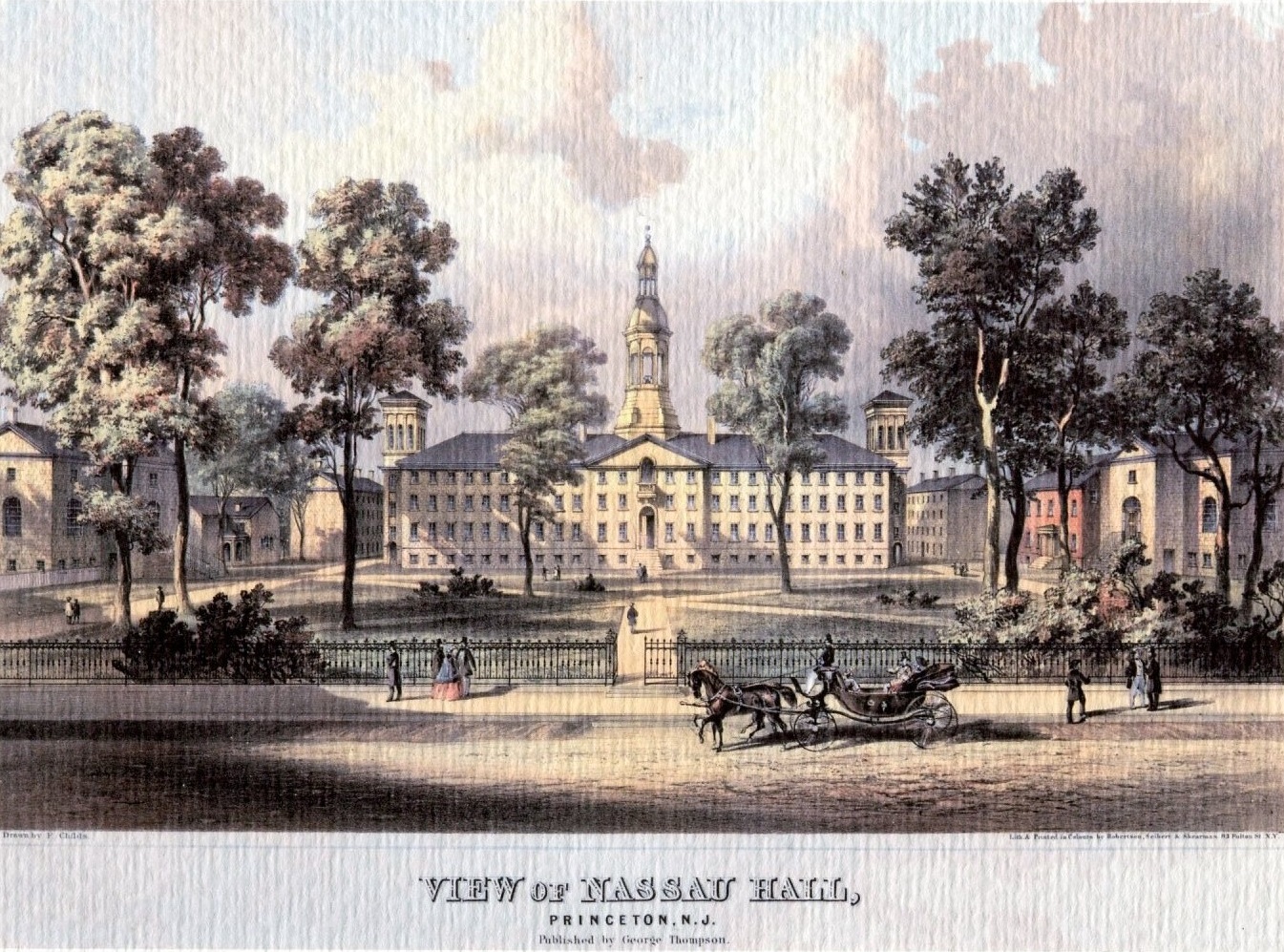-
Natural Philosophy in the 1830s
By Neha Anil Kumar ’21 Class planning as a Princeton undergraduate today can be difficult to say the least. With a huge variety of distribution requirements I have to take, alongside the major requirements of a STEM concentration, the life of an AB Physics student can get quite busy. So, you can imagine my excitement…
-
This Week in Princeton History for October 9-15
In this week’s installment of our ongoing series bringing you the history of Princeton University and its faculty, students, and alumni, a professor wins the Nobel Prize for Medicine, the Princetonian complains about taking lecture notes, and more. October 10, 1995—Molecular biology professor Eric Wieschaus has won the Nobel Prize in Medicine for his genetic research…
This blog includes text and images drawn from historical sources that may contain material that is offensive or harmful. We strive to accurately represent the past while being sensitive to the needs and concerns of our audience. If you have any feedback to share on this topic, please either comment on a relevant post, or use our Ask Us form to contact us.
